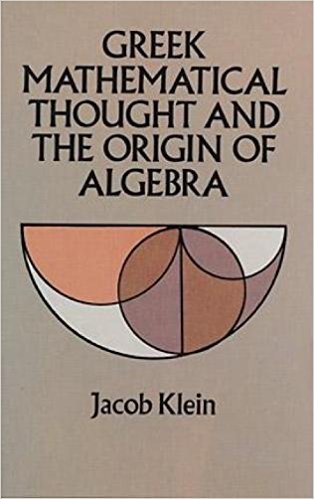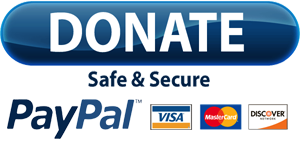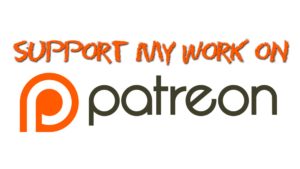This past month has been very busy here for The Bearded Math Man. I’ve learned a lot about things I have merely taken for granted and have shared most of them with you here on my site. And while I have a goal and a mission, the methods of achieving that goal are still forming. I’m learning what works best and what doesn’t work. One such thing I’ve discovered is the purpose of this blog.
This blog is meant for two audiences. Those interested in math and those teaching math. Now that I have that defined, I’ll keep a more focused range of topics. I just thought that was worth mentioning.
Now, for today’s topic, Algebra. I do not intend to teach you Algebra, but would like to share something I did not know about the subject. Algebra means to make complete, or to resolve. I knew it was named after a Persian mathematician in the early 9th century, but that the branch of mathematics goes farther back in time than the name itself, even the Babylonians used Algebriac concepts. But I thought the name was just that, a name.
It is stunningly powerful to recognize what Algebra means. Everything operation we perform in Algebra is to meet this end, to complete or resolve an equation! That’s what we do when we’re solving an Algebraic Equation.
One other thing you may not have known about Algebra is the equal sign. The symbol itself never appeared until the 16th century and it traveled the entire width of the page. It is hard to imagine how this would be a more efficient way of describing the equality present between two things, but it was. Over time it was shortened to what we have today. This is more than just an interesting factoid, too. It goes to show that sometimes great ideas are so revolutionary that they seem obvious in hindsight. First, we have a symbol that means equals, then we have, over time, an easier way of writing that symbol.
In many ways, isn’t that what makes mathematics so difficult, the jargon and abstraction? That’s why one of my main points of focus is instilling mathematical literacy in students. If they can read the math for what it says, not just as a funky collection of shapes and symbols, the mathematical ideas present themselves in a sensible and approachable fashion.
That’s what I’ve tried to do with my introduction to Algebra as a branch of mathematics, which is taught in Algebra 1, the class. Here’s the link to the page.
As always, I thank you for reading and hope I’ve stirred some curiosity in you.
PS: If you are interested in some of the history behind Algebra, the following book is highly recommended. If you purchase it through this link you will help support the mission here of changing math from a hurdle in the way of young peoples’ dreams to a platform upon which success is built, and at no additional cost to you.




